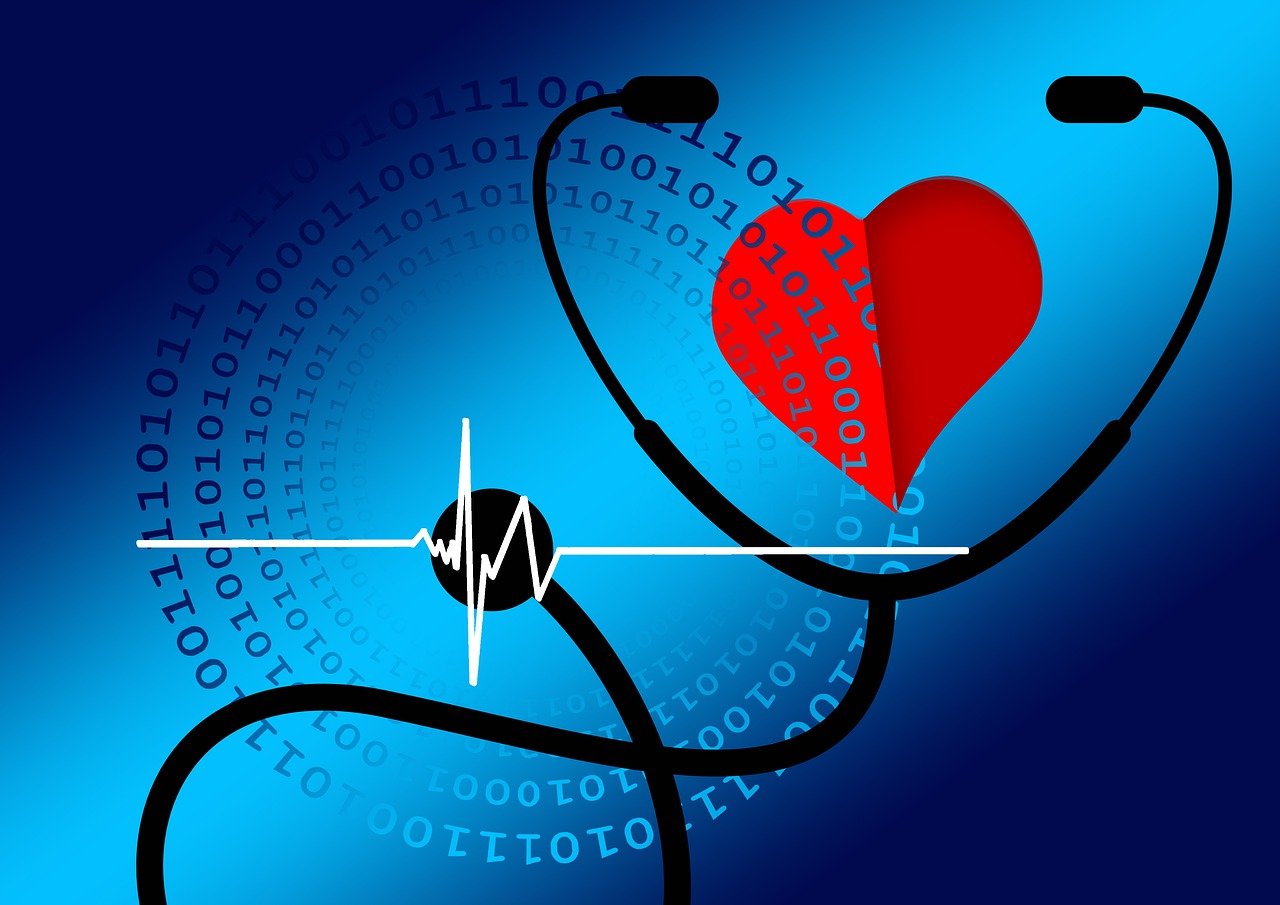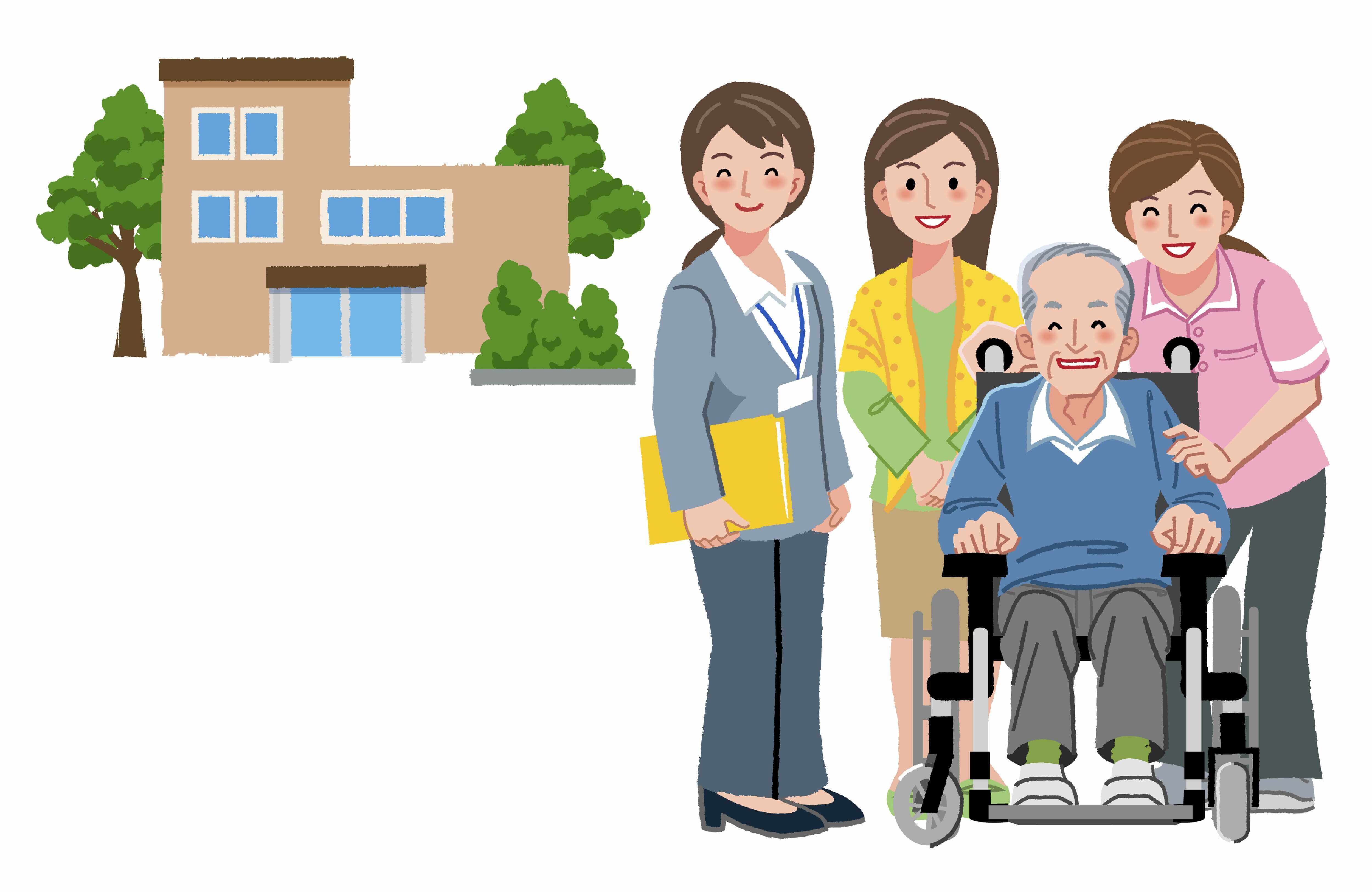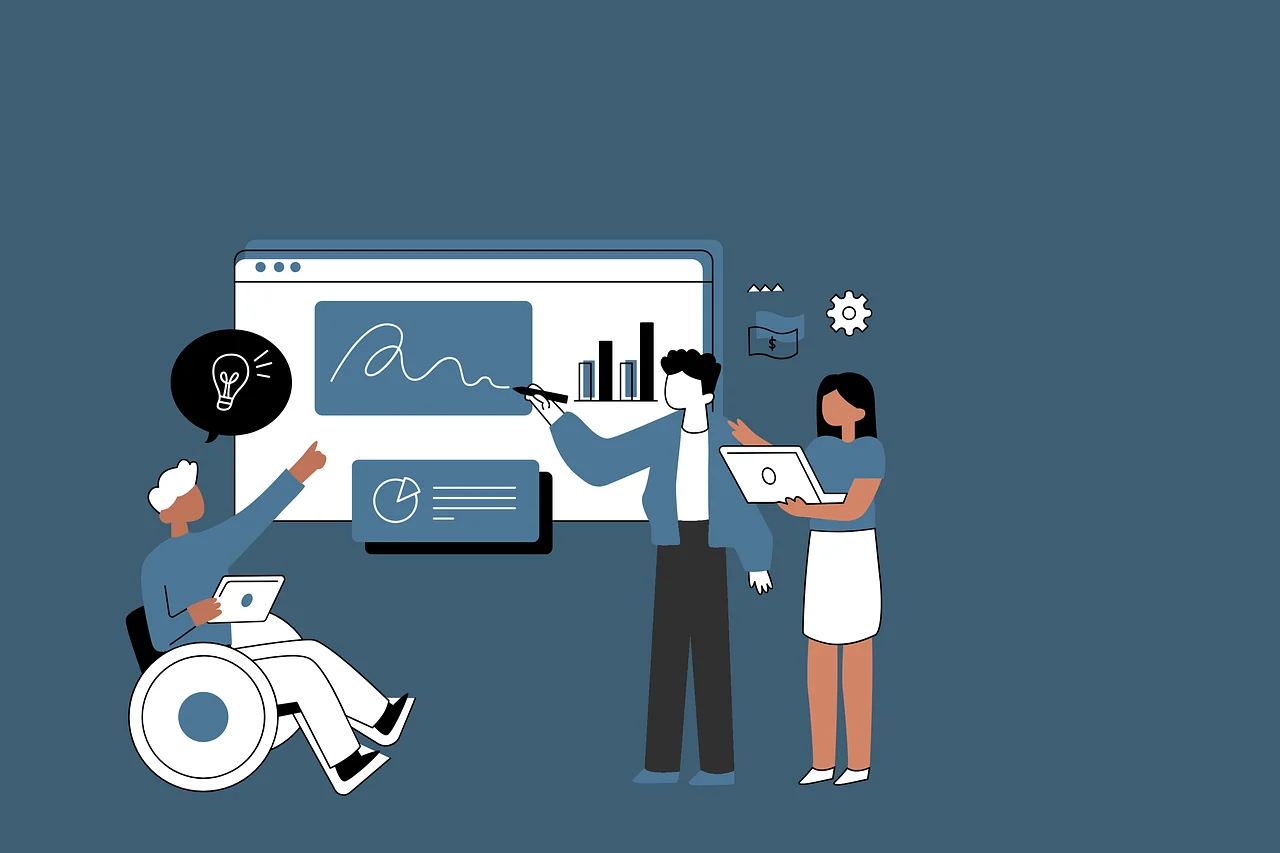Home Care Providers Turn To Tech For More Flexible, Cost-effective Models

Alarming statistics reveal a critical gap: Nearly 80% of urgent calls for help go unanswered when older adults are alone, underscoring the urgent need for effective solutions that ensure safety and independence in home settings.
To address this issue, some providers of at-home care are turning to sensor technology. Such technology holds the potential to increase safety, reduce costs and even enable new models of care that involve shorter and more flexible home care visits.
Cypress Home Care Solutions is one such provider. The Scottsdale, Arizona-based organization is a non-medical, private-duty home care provider that offers companionship, light housekeeping, meal preparation and planning, transportation and respite services. Cypress has implemented sensor technology through Sensi.AI.
“It all comes down to prediction and prevention, which are the outcomes when we use Sensi for proactive care,” Bob Roth, managing partner at Cypress HomeCare Solutions, told Home Health Care News. “The technology works quietly in the background assessing changes in patterns and conditions – which can signal issues like fall risk or an infection.”
A recent study conducted by Sensi’s Care Intelligence Research reported that six out of ten cardiac-related events go unnoticed, and 77% of falls happen without anyone to assist.
“The study confirms that technology must fill the gaps that human care alone cannot address,” Co-Founder and CEO of Sensi.AI, Romi Gubes told HHCN. “Home care agencies can’t be there 24 hours a day, seven days a week. It’s all about keeping seniors safe and at home longer.”
Based in Austin, Texas, Sensi.AI uses audio technology to help caregivers understand patients’ physical, emotional and cognitive needs.
Home monitoring technology, including smart sensors, is designed to track a patient’s environment and vital signs, allowing them to live safely and independently at home for as long as possible. These smart sensors improve the quality of care by continuously monitoring daily activities, identifying patterns and notifying caregivers of any changes in routine.
“Care providers are dealing with staffing shortages and rising costs, while tech developers are building solutions to help bridge the gap,” Gubes said. “When health care providers and tech developers work together, it leads to better communication, smarter decisions and stronger support for seniors and their families. This collaboration will enable seniors to live their best lives and care providers to do their best jobs.”
Various devices, from simple wearables to injectables and larger machines, use sensors to gather data. Many of these devices are equipped with multiple sensors, which generate more actionable information for health care teams and individuals.
“It’s always picking up on subtle changes that could need our attention,” Roth said, of the Sensi tech. “Not every alert means something is wrong, but it gives us a reason to check in with our client,.”
Remote patient monitoring
Sensors embedded in wearable devices, mobile applications and home monitoring systems enable real-time patient monitoring without requiring in-person visits.
These sensors can measure vital signs such as heart rate, blood pressure, and oxygen saturation and track other parameters like glucose levels, body temperature and respiratory rate. The collected data is transmitted to the health care team, who can remotely monitor the patient’s status and identify any concerning anomalies.
Pressure sensors can determine if someone is lying down, sitting or missing altogether. They are programmed to alert caregivers of unusual activity, missed wake-ups, or falls from beds or couches.
Continuous patient data monitoring helps health care providers gather comprehensive information about the effectiveness of specific treatments and medications. It also allows therapeutic regimens to be customized based on an individual’s genetic predispositions, disease progression, and treatment preferences. This approach ensures patients receive the most suitable and effective treatments, improving clinical outcomes and enabling a higher quality of life.
Remote patient monitoring with sensors has proven beneficial for managing chronic conditions and post-operative care. It allows for personalized care plans and regular follow-ups without needing in-person visits, improving overall patient outcomes by ensuring timely interventions and proactive management of health conditions.
Additionally, remote patient monitoring promotes patient empowerment and engagement by providing individuals with insights into their own health metrics. This encourages patients to actively manage their health and make informed decisions about their treatment plans.
Challenges and cost savings
One challenge of home care is ensuring that aging individualsor adults with disabilities who need care receive it. Many older adults resist having caregivers in their homes, and how that conversation is approached when such care is needed can make all the difference. Technology can help bridge the gap.
“Instead of pushing for in-home supportive care right away, adult children might say, ‘How about we start with a virtual care assistant?’” Roth said. “Our virtual care assistant acts as a 24/7 safety net. As the assistant assesses their environment and provides data showing where care is needed, any adult child would naturally understand why their parent needs care. Data and facts don’t lie, and once the family has this information, they usually can convince their aging loved ones that it is time to let a care professional into the home.”
Another issue is balancing human interaction with technology. Technology should empower people, not replace human connection, according to Roth.
“Tech is a tool, not a replacement for people,” Roth said. “The goal is to prevent issues before they happen – falls, malnutrition or social isolation. Moving forward, we need to be proactive, not just reactive. The adage of ‘technology makes things possible, but people make things happen’is true when caring for vulnerable adults. It’s a privilege to help someone maintain their independence, and technology should support that journey.”
Research from the University of Miami suggests that advancements in smart home technology can not only help patients remain in their homes longer but potentially lower health care costs and ease the strain on health care facilities.
The university’s Institute for Data Science and Computing (IDSC) has partnered with General Electric Global Research to explore various health and digital transformation intersections, focusing on smart home technology that interacts seamlessly with digital health platforms.
“We aim to develop concepts for healthy aging and smart homes that enhance quality of life while also considering economic factors and public safety,” Yelena Yesha, innovation officer at IDSC, said in a statement. “The pandemic accelerated the need for these solutions, driven by many older individuals’ preference to age gracefully at home rather than moving to assisted living facilities or nursing homes.”
Access to data from a patient’s smart home could provide doctors with a clearer understanding of their health conditions, according to Nick Tsinoremas, founding director of IDSC. For instance, if a sensor detects high levels of pollen or mold in a person’s home and they have allergies, this information could help the doctor prescribe more effective medication or indicate the need for home repairs.
As use of digital health technologies grows, ensuring patient privacy and data security becomes crucial. Companies must implement robust security measures and compliance frameworks to safeguard sensitive patient information and uphold consumer trust in health care.
Furthermore, the rapid advancement of sensor-driven health care technologies will likely prompt regulatory changes to ensure safety and efficacy. Companies must navigate these complex regulatory landscapes and adhere to strict standards to successfully develop and commercialize sensor-based health care products.
Yesha and Tsinoremas believe that the advantages of securely integrating smart home and digital health data far outweigh the challenges.
“This will reduce health care costs by promoting preventative measures and minimizing incidents, such as unnecessary falls that lead to 911 calls,” Yesha said. “Many seniors desire to remain in their homes but often lack access to necessary health care services. By providing these services at home, we can transform their experience and enhance longevity through earlier prevention and diagnosis.”
Technology has already played a significant role in influencing and reducing health care costs, according to Roth.
“Traditional home care models often require a minimum of four-hour visits, which isn’t always necessary or sustainable,” Roth said. “With the cost of care increasing in some cases up to 50% over the past five years and the shortage of caregivers, prospective clients are trying to figure out how to do more with less. That’s why we’ve rolled out fractional, on-demand care in five communities.”
Cypress uses Sensi.Ai to offer care in smaller, more flexible increments. In some cases, caregivers can conduct visits as short as 15 minutes because the technology in the home allows them to monitor the client between in-person visits.
“We are optimistic about this new model of care and plan to extend from five to ten communities by the end of the year,” Roth said. “It’s a win-win – lower costs, better outcomes and care that fits people’s needs.”
The post Home Care Providers Turn to Tech for More Flexible, Cost-Effective Models appeared first on Home Health Care News.


